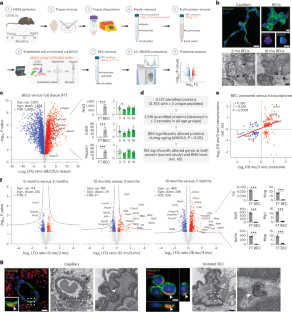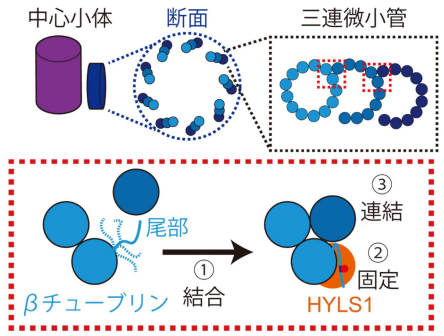2024-03-21 ミュンヘン大学(LMU)

Heliconius butterfly | © Carolin Bleese
<関連情報>
- https://www.lmu.de/en/newsroom/news-overview/news/how-butterflies-choose-mates-gene-controls-preferences.html
- https://www.science.org/doi/10.1126/science.adj9201
視覚嗜好遺伝子の適応的導入 Adaptive introgression of a visual preference gene
MATTEO ROSSI , ALEXANDER E. HAUSMANN, PEPE ALCAMI , MARKUS MOEST , […], AND RICHARD M. MERRILL
Science Published:21 Mar 2024
DOI:https://doi.org/10.1126/science.adj9201
Editor’s summary
Sexual selection has produced varied dramatic traits across species that serve to attract mates, but the genetic basis of the preference for these traits is less well understood. Rossi et al. studied three species of Heliconius butterflies that overlap geographically but display differences in both wing coloration and mate preference (see the Perspective by Briscoe). They identified a genomic region associated with males preferring red wing patterns that contains the gene regucalcin1. Experimental follow-up demonstrated that this gene showed expression differences between red- and white-preferring species, and deletion of the gene altered male courting behavior, thus providing experimental evidence of a gene involved in mediating visual preference. —Corinne Simonti
Abstract
Visual preferences are important drivers of mate choice and sexual selection, but little is known of how they evolve at the genetic level. In this study, we took advantage of the diversity of bright warning patterns displayed by Heliconius butterflies, which are also used during mate choice. Combining behavioral, population genomic, and expression analyses, we show that two Heliconius species have evolved the same preferences for red patterns by exchanging genetic material through hybridization. Neural expression of regucalcin1 correlates with visual preference across populations, and disruption of regucalcin1 with CRISPR-Cas9 impairs courtship toward conspecific females, providing a direct link between gene and behavior. Our results support a role for hybridization during behavioral evolution and show how visually guided behaviors contributing to adaptation and speciation are encoded within the genome.


